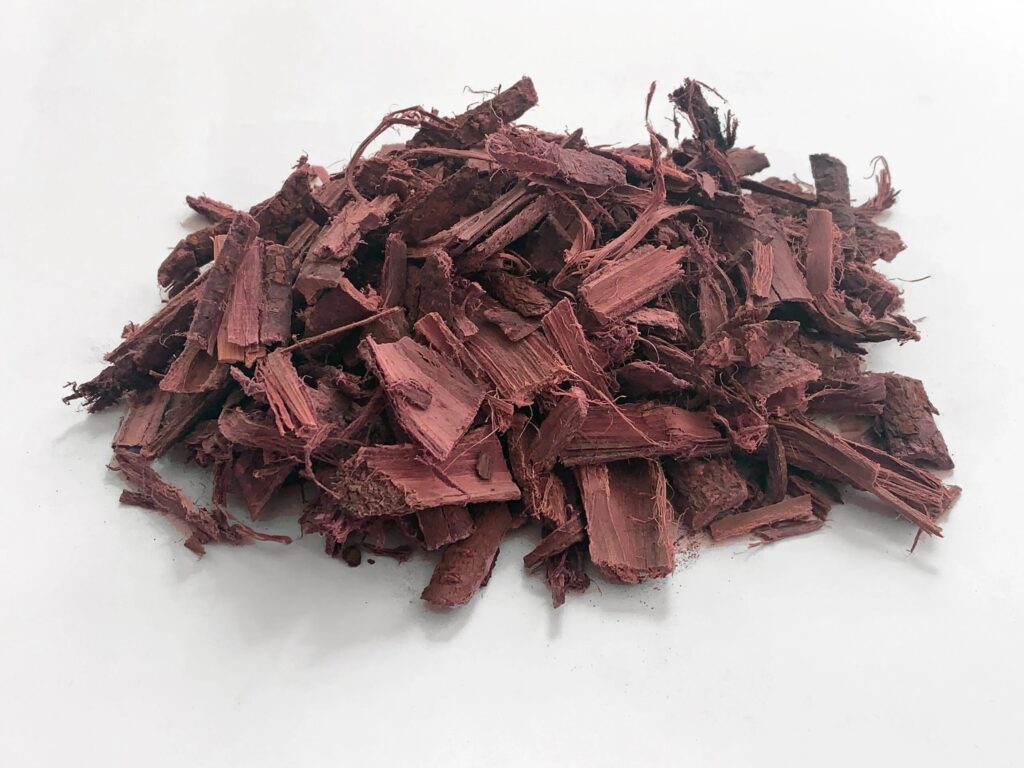Mimosa hostilis, a perennial plant native to parts of South and Central America, has garnered significant attention in recent years for its psychoactive properties, particularly due to its root bark. The root bark contains a potent alkaloid called N,N-Dimethyltryptamine DMT, which is renowned for its intense psychedelic effects. DMT is classified as a powerful hallucinogen, commonly found in several plants and animals, and has been used in traditional shamanic practices in South America for centuries. Mimosa hostilis root bark has emerged as one of the primary sources for extracting DMT, drawing interest from those seeking both spiritual experiences and recreational exploration of altered states of consciousness. The psychedelic potential of Mimosa hostilis root bark lies primarily in the presence of DMT, which induces intense visual and emotional experiences when consumed. When taken in its pure form, DMT is often smoked or vaporized, leading to a brief but intense trip that can last from 15 to 30 minutes.

However, in the case of Mimosa hostilis root bark, DMT is typically extracted and combined with a monoamine oxidase inhibitor MAOI to allow for oral consumption, leading to a longer-lasting experience. This preparation is commonly used in traditional ayahuasca ceremonies, where the combination of DMT and the MAOI creates a profound journey that can last several hours. The use of Mimosa hostilis root bark in this context has sparked renewed interest in psychedelic research, particularly within the field of psychotherapy. Researchers are exploring the potential therapeutic benefits of DMT, which has been suggested to have profound effects on the mind, including enhanced introspection, emotional release, and a sense of unity with the universe. Early studies have hinted at the possibility of DMT-containing substances like Mimosa hostilis root bark playing a role in treating mental health conditions such as depression, anxiety, and PTSD, as the profound experiences induced by DMT can allow individuals to process unresolved trauma or emotional pain.
Buy MHRB Powder is also believed to help in the detoxification process, cleansing the body of toxins and promoting overall vitality. However, despite the growing interest, the psychedelic potential of Mimosa hostilis root bark must be approached with caution. The use of DMT in any form remains illegal in many countries, and the plant itself is often subject to legal restrictions. Furthermore, the potency of DMT can vary depending on how the root bark is prepared and the dosage consumed, making it essential for users to exercise care in its use. The effects of DMT can be overwhelming for some, leading to anxiety, confusion, or even terrifying hallucinations, particularly if not approached with the proper mindset or setting. Mimosa hostilis root bark holds significant potential as a source of psychedelic exploration, thanks to its high DMT content. While it offers profound experiences that can lead to psychological insight and emotional healing, it also poses risks, particularly for individuals without proper guidance or preparation. As interest in psychedelics grows, the role of plants like Mimosa hostilis in both traditional and modern therapeutic practices is likely to continue evolving, with an emphasis on safe use and responsible exploration.